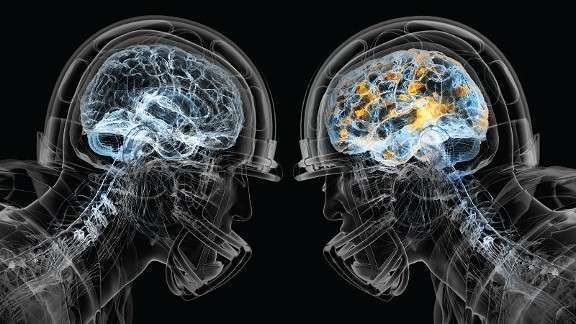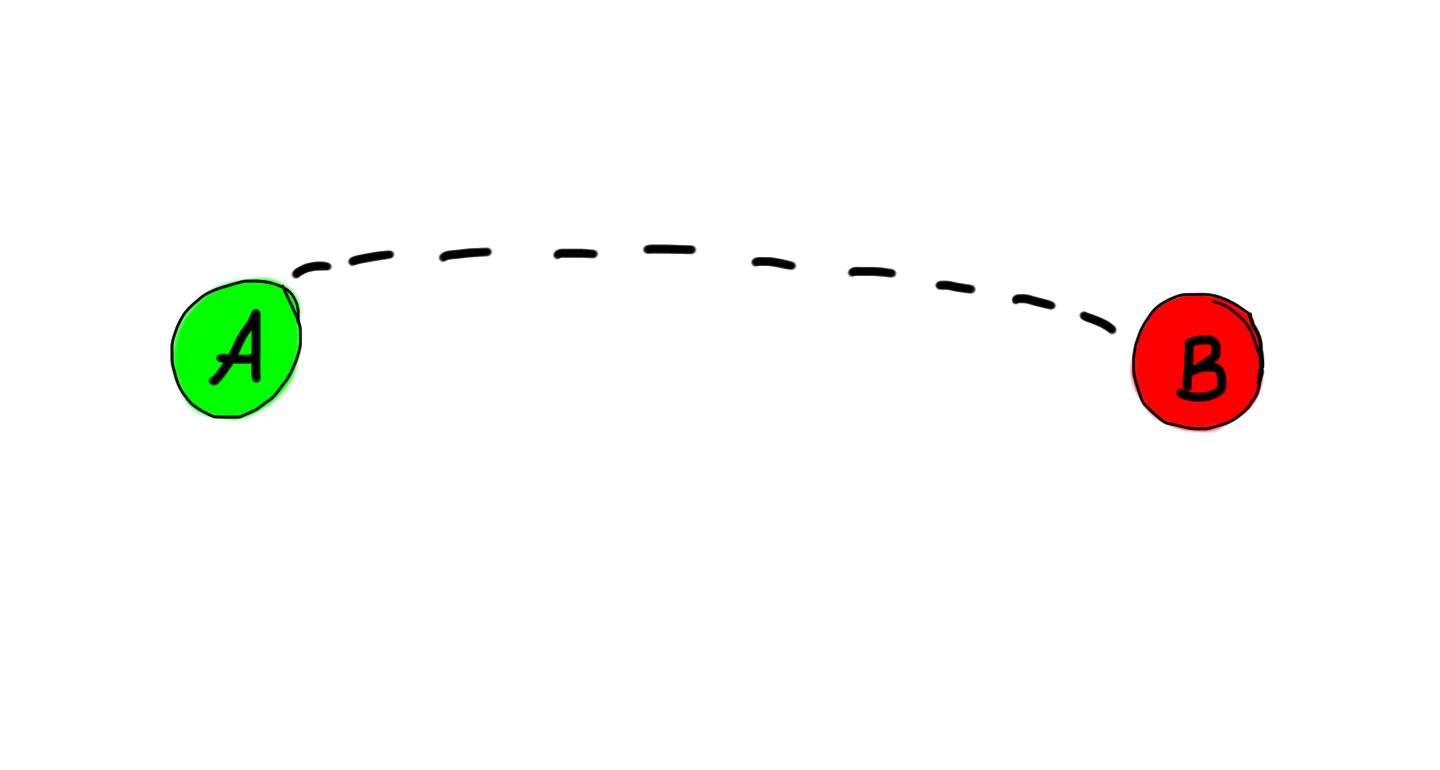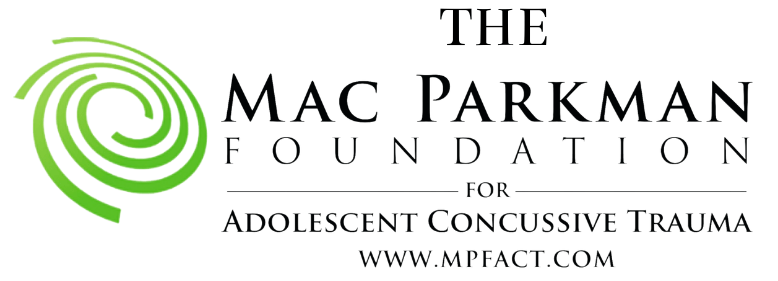
In my opinion, the primary issue with parents and athletes understanding the risks and dangers of contact sports goes to the mislabeling of those risks and outcomes by scientists, researchers, sports leagues and medical authorities. That that has been creating additional risks for our children and has been the primary cause of harm to them from contact sports for over a decade.
In today’s society, we go to great lengths not to offend anyone.
The hate that is manifested on the news and in social media is primarily from a personal perspective and people really don’t care if other folks agree or disagree with them. Organizations, like universities, sports leagues, charities, or medical associations for example, DO care about how people perceive them. They have a lot on the line, funding, fans, reputations and they do NOT want to see them impacted negatively.

So, they shy away from telling the actual truth, from saying what parents or doctors need to hear even though the truth, the science, and the research has been in front of them the whole time.
So what happens when the very institutions that we, as parents, as citizens as supporters are not upfront with us with information or science that can impact our lives?
Then we, as a society, are uninformed, mislead and that deception ensures that we will make decisions in a vacuum of truth. Decisions that will harm the ones we love. That focus on the deflection of truth in the name of profit, funding, or liability is what cost me my son and has contributed to the epidemic of mental illness today that is crushing our children and athletes of all ages.
It’s time to tell the truth.
Contact sports and the human brain is not about concussions, sub concussions, dementia or mental illness….it’s about brain damage. Plain and simple.
So why do we not hear about CTE, TES, concussive and sub concussive trauma in those terms?
Why has not the CDC, NIH or other national and local medical authorities bluntly state that continuously exposing a child’s brain to the trauma of contact sports creates brain damage, will create mental illness?
Why has this known risk, a risk that possibly over one BILLION Americans have been exposed to, not been appropriately researched, studied or announced?

I understand that scientists want clear and undeniable proof of the links between causality and outcome. That A leads to B. That the processes that underline research must be validated, be controlled, be challenged and proven right before an announcement can be made. Scientists and researchers don’t like to take risks, they don’t like the unknown, they want proof to support their findings.
But isn’t all science based on hypothesis or an idea?
The definition of hypothesis is: a tentative explanation for an observation, phenomenon, or scientific problem that can be tested by further investigation. To me, a parent, that means that you don’t need proof to have an observation that proof is still to be made. That doesn’t mean that the hypothesis is false, it means that it has to be proven.
Some hypothesis are also self-evident and should not require proof or validation, especially when it comes to preventing harm to a population, in this case, child or adult athletes. There was an hypothesis for years that smoking gives you cancer, that lead pipes or paint was dangerous, that working in a coal mine was hazardous and those hypothesis were based on observations, rational ones that indicated that these risks were valid, that smoking, lead, and breathing coal dust could not be good for one’s health. It took decades before those risks were validated and changes through regulation and legislation took place. Contact sports and developing brains are no damn different.
We do NOT have time to wait for research and science to prove beyond a doubt that exposing a brain to trauma leads to brain damage and mental health issues. Why, because like smoking, lead and coal dust the logic is there.
You cannot place continuous concussive and sub concussive trauma on a vulnerable organ like the brain and expect it to be unharmed. While there are doubters, there is no evidence to support any other perspective. Hundreds of research papers, books and movies have been created to support this hypothesis and there is NOT ONE that says that sub concussive and concussive trauma is good for the brain.

Yet, while all this evidence is here and is magnified by the human suffering that results in the suicide of both professional and adolescent athletes like my son and the enormous amount of athletes suffering mental illness or neurological disorders, the institutions we trust have DONE LITTLE to ensure that the average parent knows about these risks. Yes, they research, yes they publish, and yes, they care, but they have not done their jobs to inform and education the public and more importantly, PROTECT OUR CHILDREN.
Donna Rice Hughes said that “parents are the weak link in the chain when it comes to protecting children” and I feel that’s partially true. Whether they are motivated by love, or blinded, as I was, through ignorance, a parent’s mission to guide, protect and nurture is under constant stress exacerbated by a need to be loved in return. However, I also feel that they parent can also be the strongest link in that chain because nothing will ever dilute a parents love and will to protect their child from harm. Without education or awareness however, parents cannot make informed decisions and to this day, though the years of deflection and refusal to state that contact sports damages the brain, they are making bad decisions.
I also feel that this is the problems as well, a parent’s love. I feel that these organizations that have shied away from stating the truth, from advertising the truth that put their goals ahead of the moral goals of protecting humanity, are fearful of parents when they ARE told the truth.
What will millions of parents think when it becomes obvious, known and public that millions of Americans may have some form of brain damage. Where will the liability lie? Who will be pointing the fingers at whom?
I live for that day. It is our mission and our goal that others see that day, so that our children, all our children, can live long and healthy lives.
